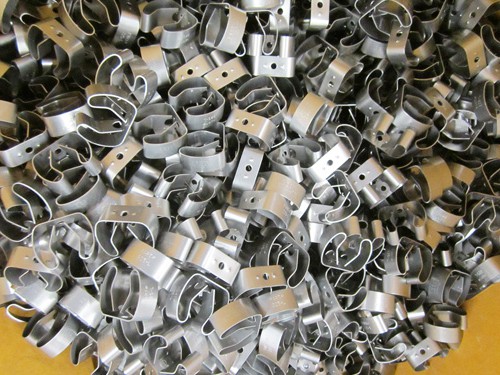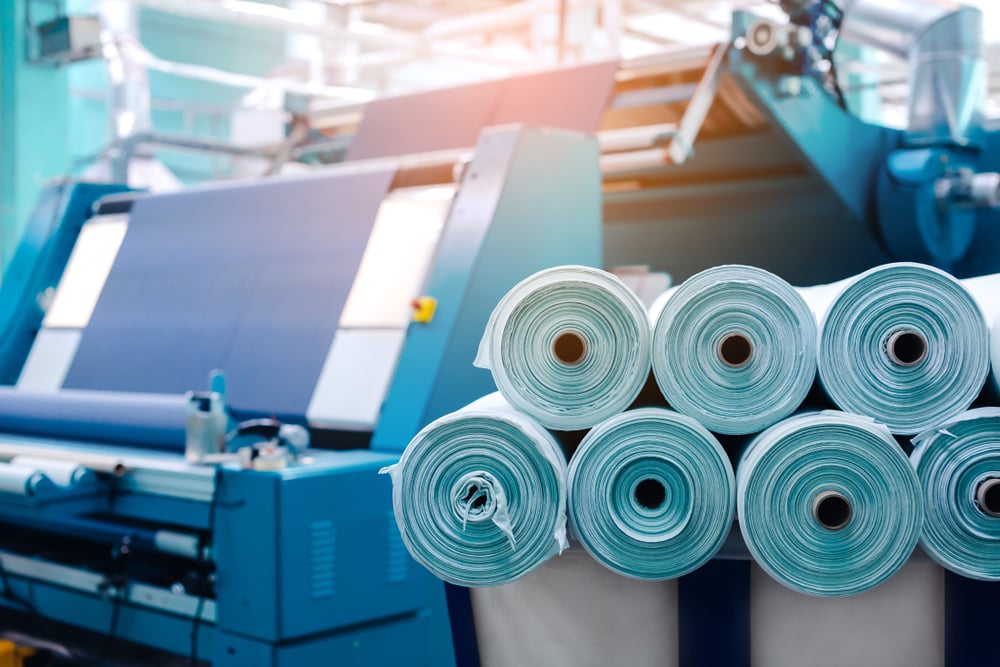Your Fourslide Supplier: Offshore vs. Local
Plymouth Spring June 17, 2015
The fourslide process offers a number of advantages over the traditional power press. As a cost-effective means of production, thefourslide process allows complicated forms to be produced at reduced costs and allows for both fast product delivery and a wide range of form modification without incurring costly penalties.
However, when employing the fourslide process, a big question is whether to stay local or whether to go abroad. Local production tends to offer better quality as well as lower costs in the long run. Here is what you should consider when making the decision between an offshore and local fourslide supplier.

1. Consider lead time, as well as cost.
Many manufacturers are lured to overseas fourslide suppliers by perceived lower costs. And it is true that manufacturing costs can be substantially lower with offshore suppliers. However, there is an important caveat: The quality at these manufacturers is often lower than what you would find at a local supplier.
Frequently, offshore suppliers fail to get it right the first time, which means the tool needs to be modified and will take longer for the finished product to be completed.
It is critical to keep in mind that time is money. When the same tool needs to be manufactured multiple times, lead-time can be dragged out immensely. Communication problems can only exacerbate this, and making the necessary modifications to a tool can turn into a nightmare.
While the delivery of fourslide stamped parts can often take 2-3 months or more when dealing with an offshore supplier, with local suppliers, manufacturers can typically expect delivery within 4-6 weeks.
2. Consider production method.
Offshore fourslide suppliers that promise cheap prices often employ a one-piece construction method. That means that in the case of damage or a design change, a complete replacement is necessary.
In comparison, while you might pay more with a local supplier, it will typically employ a modular production process. That means that specific segments can easily be replaced, repaired, sharpened, or modified without replacing the unit entirely.
In the long run, this modular method of production substantially reduces costs, especially as the tool ages. Individual parts can be repaired or replaced without replacing the entire tool.
3. Consider the time and costs associated with transportation.
If you’re based in New York, but you are using an offshore supplier located in China, transportation is a major consideration. Not only is it incredibly expensive to transport any completed product from China to the manufacturer, you will need to figure out a secure way to do so. However, depending on the quantity, it could prove infeasible. You could opt for transport via ship, but that is going to dramatically drive up lead-time, costing you more money in the long run.When dealing with a local supplier, you don’t have to deal with the extra time, cost, and hassle associated with transporting products from one side of the world to the other.
4. Consider the facilities and technology offered.
Local suppliers often boast superior, state-of-the-art facilities and an impressive level of technology when compared to offshore suppliers. With better facilities and better technologies, the quality of the product is superior. This translates into a longer lifespan for tools and less maintenance and repair.
As an added bonus, local suppliers tend to offer superior customer service, making it easier to communicate your wants and needs and ensure you get the product you need.
Did you find this useful?




![How To Meet The Needs Of B2B & Industrial Buyers [Updated 2022]](https://blog.thomasnet.com/hubfs/Brainstorm%20meeting%20understanding%20B2B%20buyers.png)




